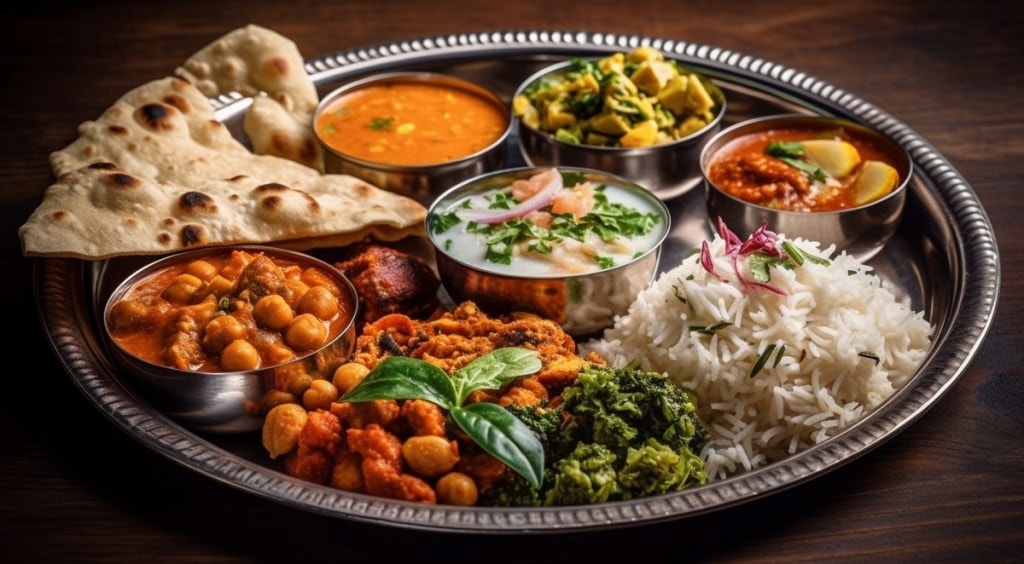While the cost of a home-cooked veg thali declined by 3 per cent as compared to the same period last year, the non-veg thali remained flat on-year in March. This was largely due to a sharp dip in the prices of tomato, stated Crisil’s monthly Roti Rice Rate report. For months, unlike the common perception, consumers have been paying more for the veg thali due to soaring vegetable prices. December, however, was an exception with the price of non-veg thali rising up twice as fast as the veg thali as the broiler prices had gone up by around 20 per cent YoY.
The average cost of preparing a thali at home is calculated based on input prices prevailing in north, south, east and west India. The monthly change reflects the impact on the common man’s expenditure. The data also reveals the ingredients (cereals, pulses, broilers, vegetables, spices, edible oil and cooking gas) driving the change in the cost of the thali.
A veg thali comprises roti, vegetables (onion, tomato and potato), rice, dal, curd and salad; and a non-veg thali has the same elements, except dal, which is replaced by chicken (broiler).
According to the CRISIL MI&A Research estimates, the cost of home-cooked veg thali declined by 3 per cent on-year. The report maintained that this was attributed to a sharp drop in prices of tomato which went down by 34 per cent on-year to Rs 21/kg in March 2025 from Rs 32/kg in March 2024. The arrival of tomato crop across the country rose 29 per cent during the period and this increase was particularly in the southern states, which had a robust rabi crop due to increased acreage and better yield on-year amid healthy reservoir levels. However, according to the findings of the report, an increase of 2 per cent in the prices of potato, 6 per cent in onion and 19 per cent on-year jump in vegetable oil prices, prevented a further decline in the cost of a vegetarian thali.
Pushan Sharma, Director- Research, Crisil Intelligence, said, “Vegetable prices remained subdued in March, with those of onion, potato and tomato declining on-month due to fresh arrivals. However, we expect prices to bottom out and start picking up in April, as witnessed last year in the case of potato and tomato. Onion prices are likely to be supported by strong export momentum, while potato prices are expected to trend upward as cold storage stocks enter the market. Tomato prices, too, are expected to see a moderate increase due to lower rabi arrivals.”
Meanwhile, the cost for non-veg thali, Crisil said, remained flat during March. Per the report, the sharp drop in tomato prices helped keep the cost of non-veg thali from increasing. However, the overall decline was offset by rising prices of other commodities. In March, the broiler prices increased by 2 per cent on-year. It is worth noting that broilers account for around 50 per cent of the non-veg thali cost. Broiler prices rose due to a low base from the previous year when oversupply had caused prices to dip.
Now, on a month-on-month basis, the cost of a veg thali declines by 2 per cent in March while that of non-veg thali dropped by around 5 per cent. During the month, onion, potato and tomato prices went down by 5 per cent, 7 per cent and 8 per cent on-month, respectively, amid fresh arrivals. The cost of a non-veg thali declined owing to an estimated 7 per cent on-month drop in broiler prices. “Our interactions suggest elevated supply in the north, coupled with slower demand amid a bird flu scare in the south, led to the dip,” Crisil stated.
